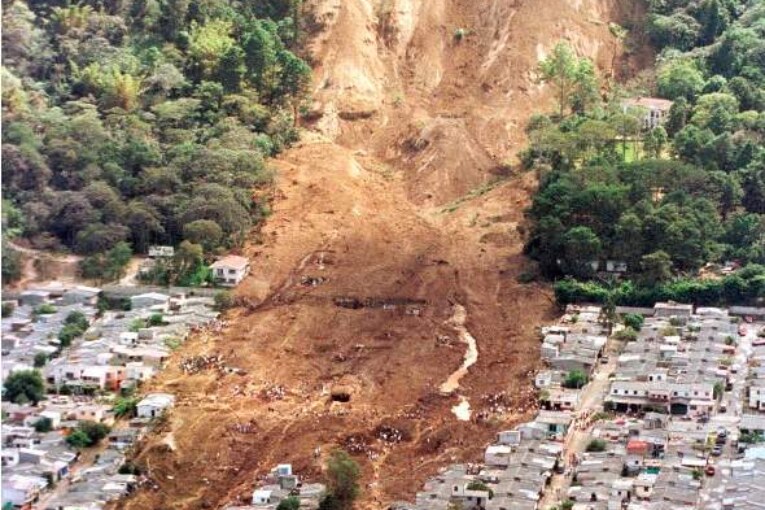
Main Factors
There are four main factors that contribute to a landslide:
- Slope
- Precipitation
- Vegetation
- Soil
Slope
- The First factor that contributes to a landslide is the slope. The slope of a landform is a major factor in determining whether a landslide is likely to occur. The steeper the slope, the larger the threat.
Precipitation
- The second factor that contributes to a landslide is precipitation. Soil is typically more mobile when it is wet. This is not always the case, but most of the time it is. A large amount of precipitation that a landform is not used to receiving can trigger a landslide.
Vegetation
- The third factor is vegetation. A slope that has little to no vegetation is typically less stable. Large trees and plates act as an anchor on a hill. They absorb some of the water and also keep the sediment from eroding down the hill.
Soil
- The fourth and final main factor is soil. There are some sediment that are typically more mobile than others. Rocks and sand do not typically cause landslides. Clay, silt, and mud are typically the sediments that are most mobile.
Different Kinds of Landslides
- Rotational Slump- Very Slow to Moderate
- Rock Slide- Very Slow to Very Rapid
- Debris Slide- Very Slow to Very Rapid
- Earth Flow- Very Slow to Fast
- Creep- Very Slow
- Debris Avalanche- Moderate to Very Fast


